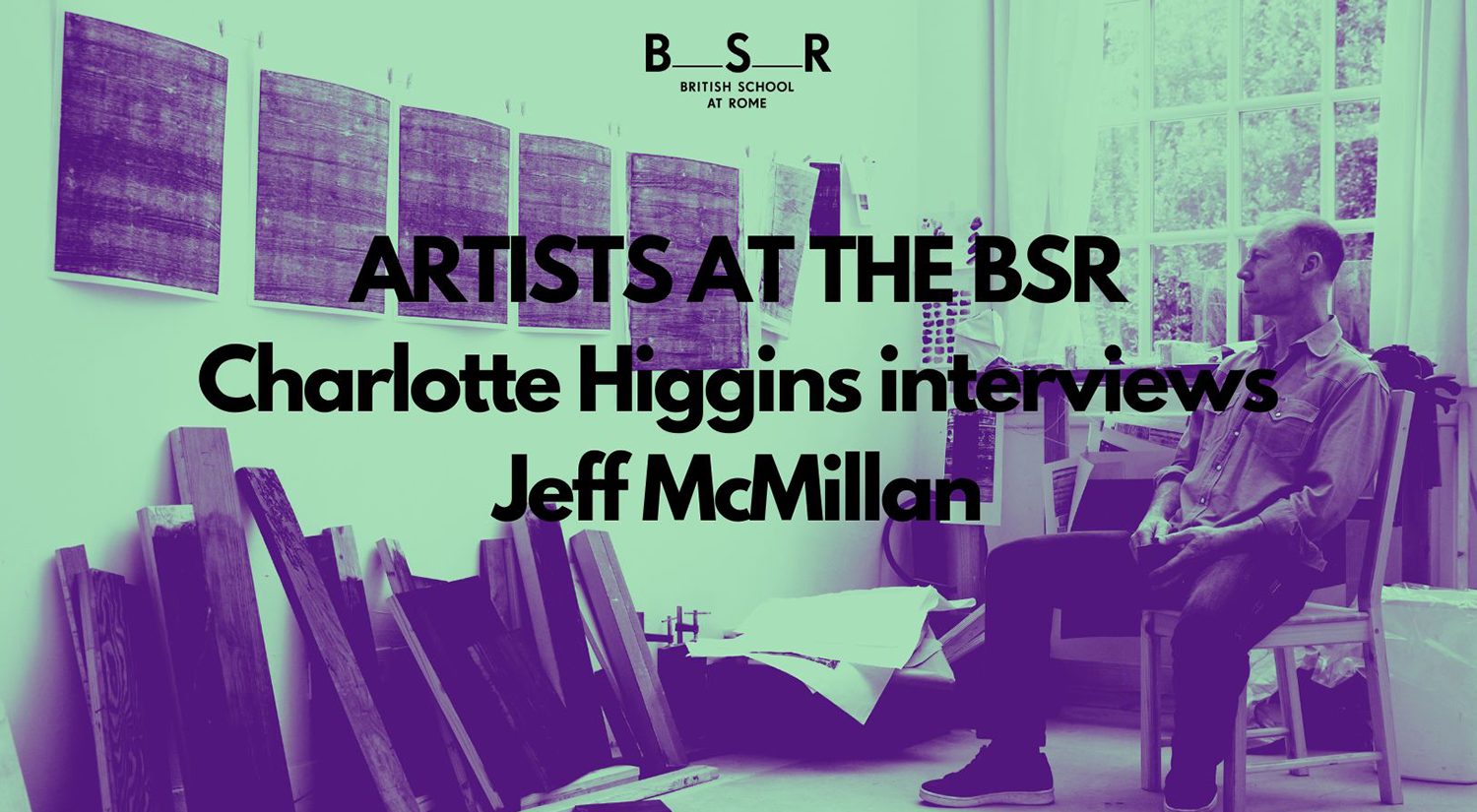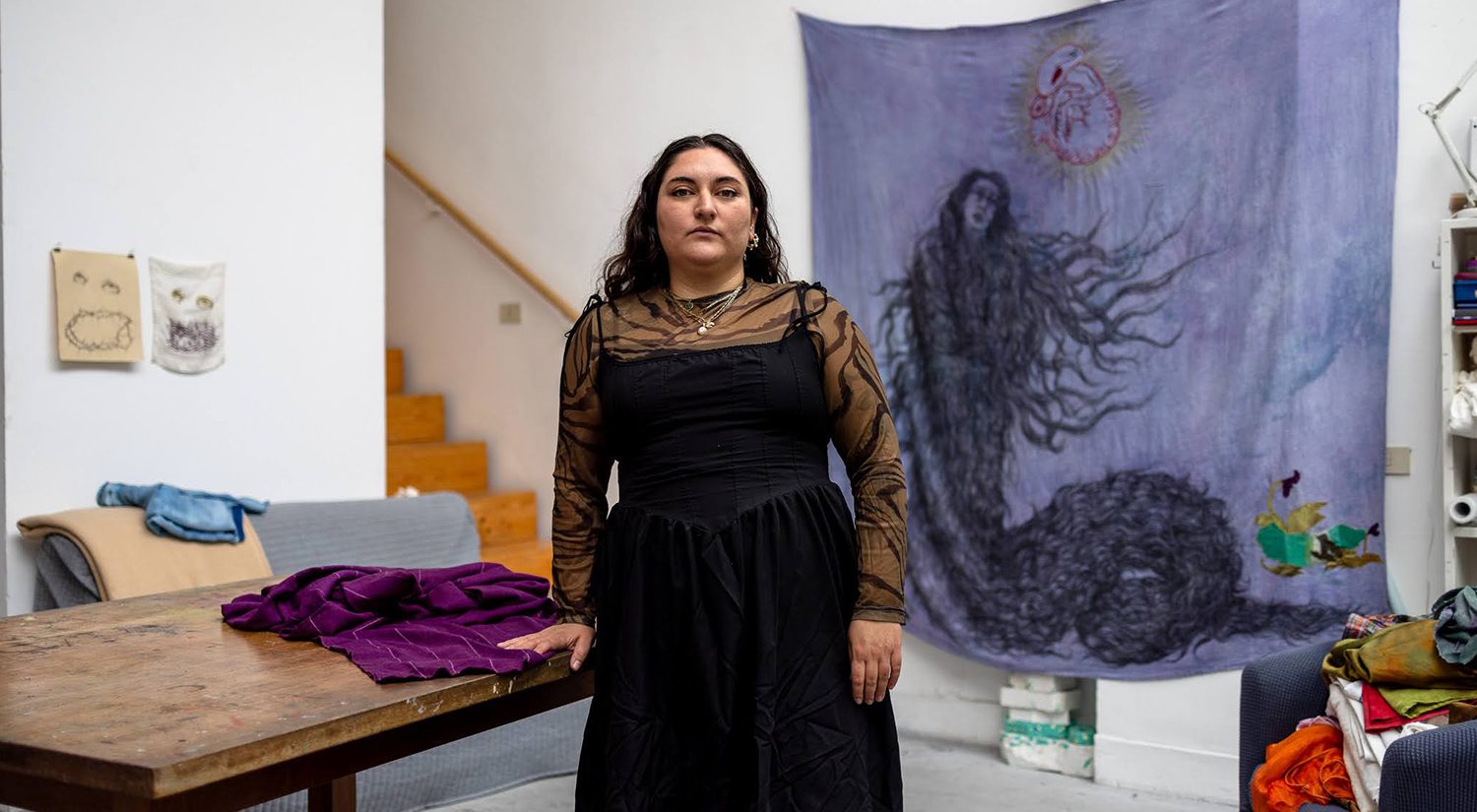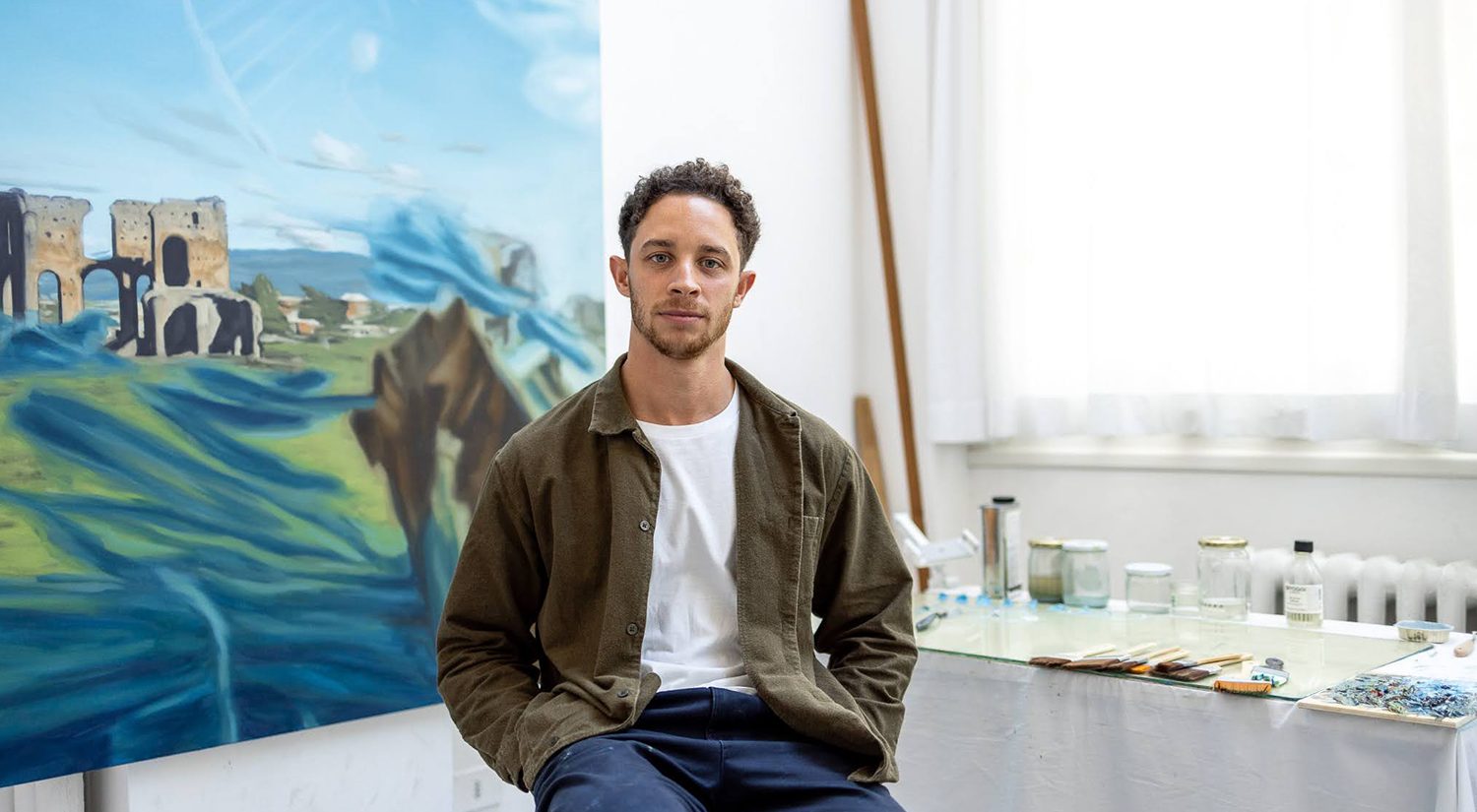Our fourth interview features artist Elizabeth Price, who held the position of Arts Council England Helen Chadwick Fellow at the University of Oxford and the British School at Rome from 2010 to 2011. It was during this period that she brought to fruition her video creation, “THE WOOLWORTHS CHOIR OF 1979” shown at Baltic Centre for Contemporary Art in Gateshead in 2012, and later at Tate Britain as part of The Turner Prize exhibition, where Price emerged as the winner.
Price’s artistic endeavors have garnered widespread recognition, with her works being featured in numerous group exhibitions worldwide. She has also held solo exhibitions at esteemed venues such as Tate Britain in the UK, the Art Institute of Chicago in the USA, the Julia Stoschek Foundation in Dusseldorf, Index Gallery in Stockholm, Musee D’art Contemporain in Montreal, Artangel in London, Schirn Kunsthalle in Frankfurt, GoMA in Glasgow, and the Centro de Arte Dos de Mayo in Madrid. In 2012, she was honored with the Paul Hamlyn Foundation Award for Artists. The following year, in 2013, she secured the Contemporary Art Society Annual Award in collaboration with the Ashmolean and Pitt Rivers Museums in Oxford.

When Elizabeth Price was a fellow at the BSR in 2011, most of her time was spent working intensely, without the distractions or interruptions of daily life, on the video work that would later win her the Turner prize. Editing The Woolworths Choir of 1979 consumed many months, as she wove together her complex material: Gothic church architecture, the 1960s girl band the Shangri-Las, and the fire that killed 10 people in the central Manchester branch of Woolworths. It’s a work of many strands and internal echoes – and it isn’t remotely Roman. Price jokes now about how “weird and perverse” it was to make a work about Gothic ecclesiastical architecture in the great city of the Baroque.

But being “hermit-like” as she put it, was precisely what she needed at the time. And, after she’d put in the hours staring at her screen, she had all of Rome to discover. “I’d come through the Giardini Borghese from what felt like the slightly polite suburb above, down through the Palazzo del Popolo, between those mad, funny, brilliant symmetrical churches, and it felt like such a great inauguration for the afternoon to come.”
Sometimes she’d walk, sometimes she’d take a bus, but always she’d enjoy the perspectives and sightlines of the city, enjoying the chance to experience vistas larger than the distance between her eyes and the computer screen; enjoying, too, unpressurised time to absorb the Rome gradually, over weeks and months. “That balance between the solitude and simulation kept me going and was very productive,” she says. She loved the deep archaeological layers of the church of San Clemente, and was amazed to find that what is believed to be the tomb of St Peter “was tiny, this shoe-box-size, knee-high thing”, the miniature scale of it startling after the “preposterous” size of St Peter’s Basilica above it.

She describes an extraordinary evening in the gardens of the Villa Medici, home of the French Academy. There she encountered sculptures arranged in the gardens by the painter Balthus, who was director of the academy in the 1960s and 70s. “He created a mise-en-scene of different statues, some classical, some reproduction or neoclassical,” she explains. She encountered this weird tableau – Balthus’s imagining of the myth of Niobe’s children hunted to death by the gods Diana and Apollo – at 2am, illuminated by a supermoon, and it was absolutely haunting. “I went back later and photographed it under the same conditions – I still haven’t done anything with it.” But ideas sometimes simmer away for Price for many years before material is transformed into work. Her Rome work may happen yet.












